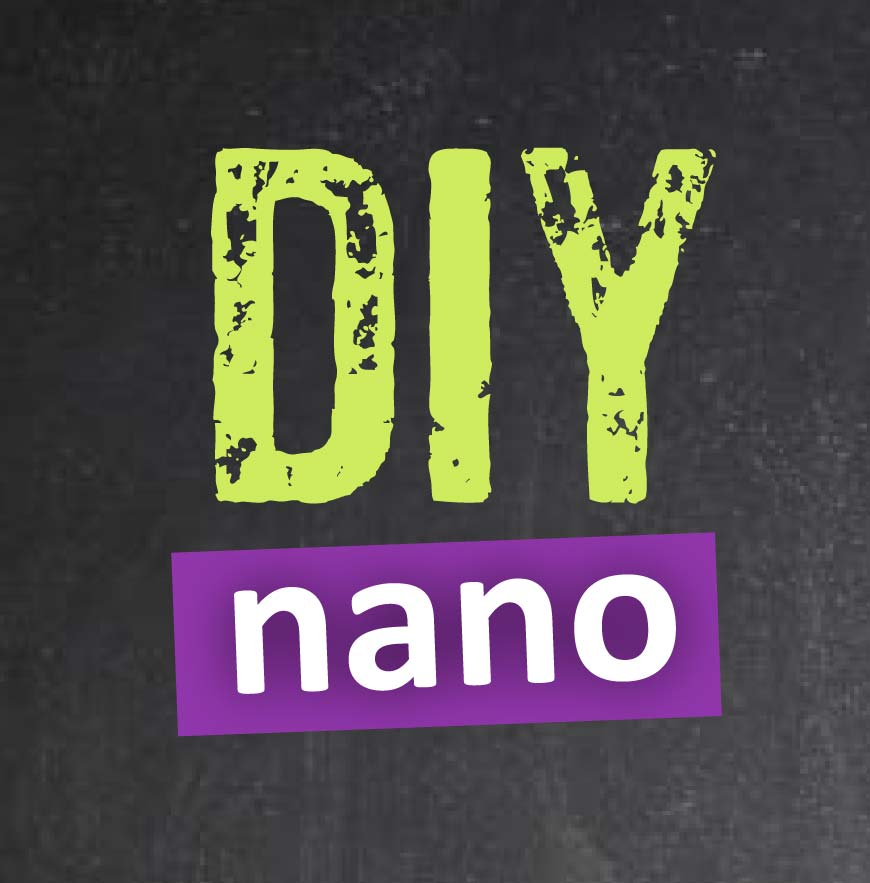The IEEE hosted the Tech Insider: From Labs-on-Chips to Cellular Machines: Interfacing Engineering and Biology at the Micro and Nanoscale webinar today. Professor Bashir from the University of Illinois, Urbana-Champaign provided a very interesting presentation on architectures for labs-on-chips to address three grand challenges. These include:
![Image]()
- HIV/AID detection
- Diagnostics for cancer detection via miRNA
- Engineering of biological systems



